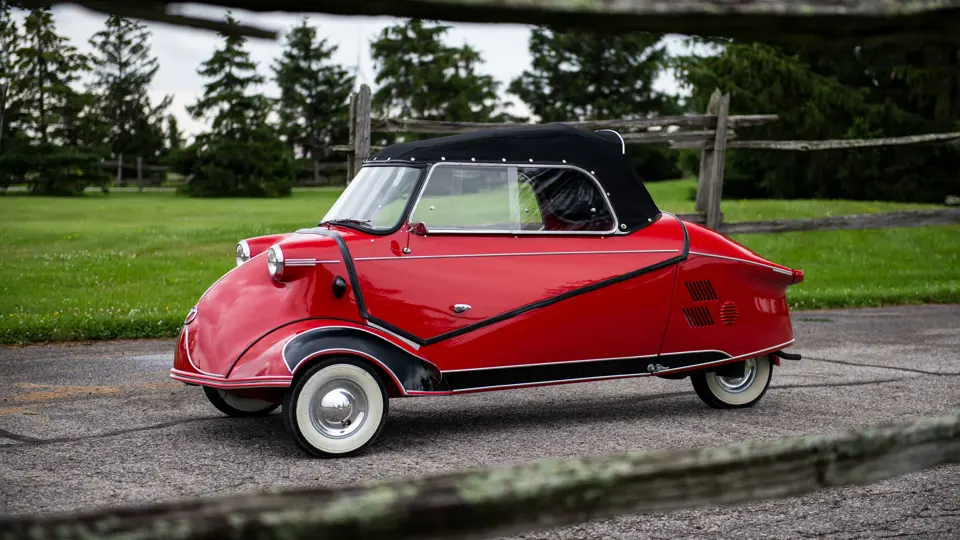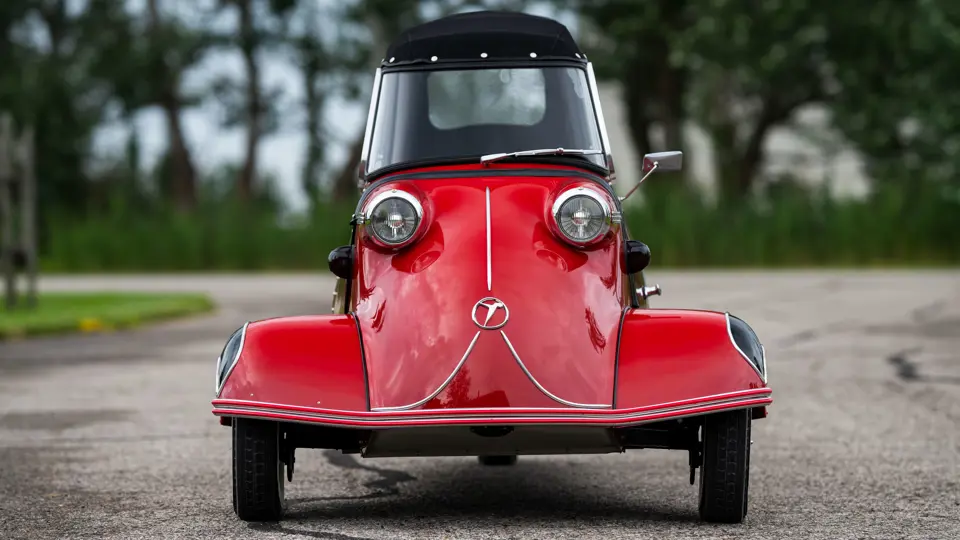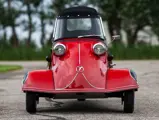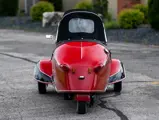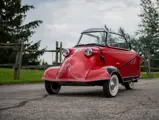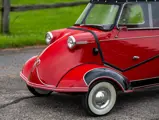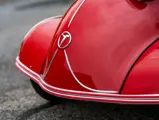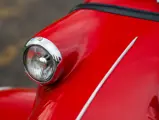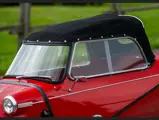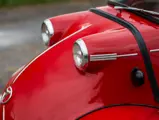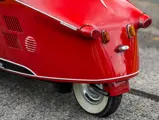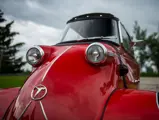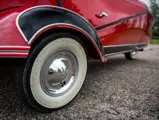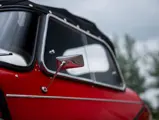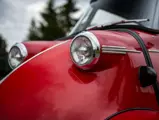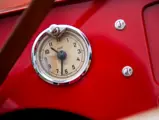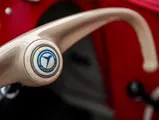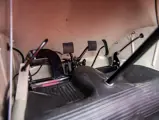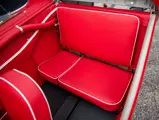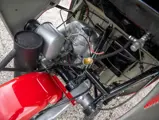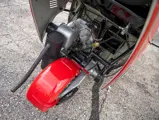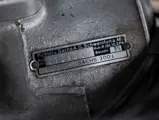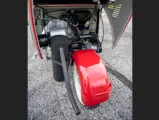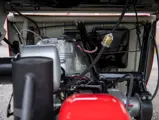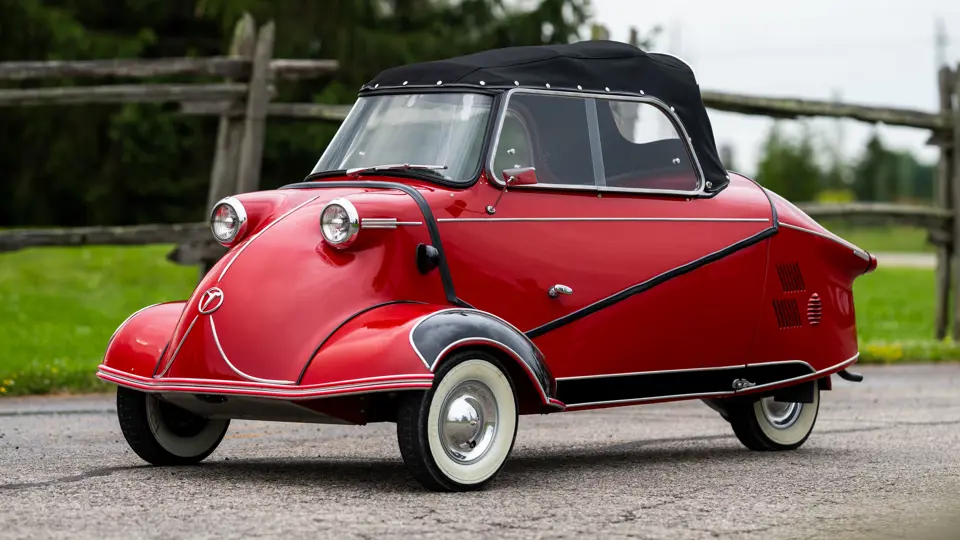
1956 Messerschmitt KR 200 Cabriolet
{{lr.item.text}}
$64,400 USD | Sold
{{bidding.lot.reserveStatusFormatted}}
- Among the most successful and collectable of the postwar microcars
- Desirable Deluxe configuration; converted to a cabriolet during restoration
- A well-engineered three-wheeler with distinctive tandem seating
- Benefits from a comprehensive restoration completed 2020
Messerschmitt’s delightful bubble-topped microcars came about due to the need for economical transportation following World War II—and, also, the fact that Messerschmitt was temporarily banned from the production of aircraft following the cessation of hostilities. In 1952, Messerschmitt was approached by aircraft engineer Fritz Fend, who had designed a three-wheel invalid carriage. Fend had built about 250 of these Fend Flitzers through 1951, many of which were purchased by able-bodied people as simple transport.
Fend's deal called for assembly at Messerschmitt’s factory in Regensburg, Germany, with the vehicles carrying the Messerschmitt name. The first model was the KR 175, the KR signifying Kabinenroller, or “enclosed scooter,” and 175 for the metric displacement of its two-stroke engine. The improved KR 200 followed in 1955. This had a 10-horsepower, Fichtel & Sachs, 191-cubic-centimeter two-stroke engine, an improved canopy, and a revised suspension. To reverse, the engine was merely re-started in the other direction, providing four speeds backward as well as forward.
That year, a modified KR 200 was run for 24 hours at the Hockenheimring racetrack, setting 22 international records for three-wheel vehicles. Messerschmitt returned to the aircraft business in 1956 and lost interest in the Kabinenrollers, so later assembly was carried out by Fend’s own company Fahrzeug und Maschinenbau Regensburg, or F.M.R.
Built prior to the F.M.R. era, this 1956 KR 200 Deluxe sports the traditional Messerschmitt emblem and early “whisker”-style front trim. Acquired by the consignor in 2017 from a long-term owner in northern British Columbia, Canada, this car was in worn, but relatively rust-free, condition. It was the subject of a three-year restoration completed in 2020, with much of the work being completed at the consignor’s collision shop; the job used parts sourced from the UK-based Messerschmitt Owner’s Club, as well as interior kit from Netherlands-based specialist Nick Poll.
At this time, it was converted to a Cabriolet, a configuration introduced for the 1959 model year. With its black roll-away fabric top taking the place of the typical transparent dome, this correctly executed conversion should be especially appealing to those in warmer climates…and to drivers of above-average height.
Now finished in the correct two-tone black and red exterior over a red interior, this 1956 KR 200 Deluxe is an excellent opportunity to own and enjoy one of the most successful and highly regarded microcars of all time—and one of the most unique driving experiences offered on three wheels.


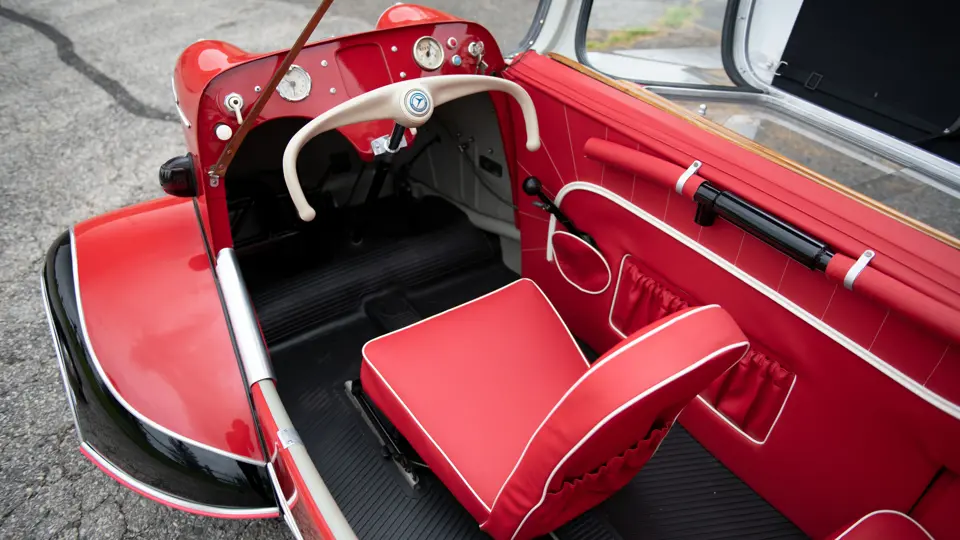

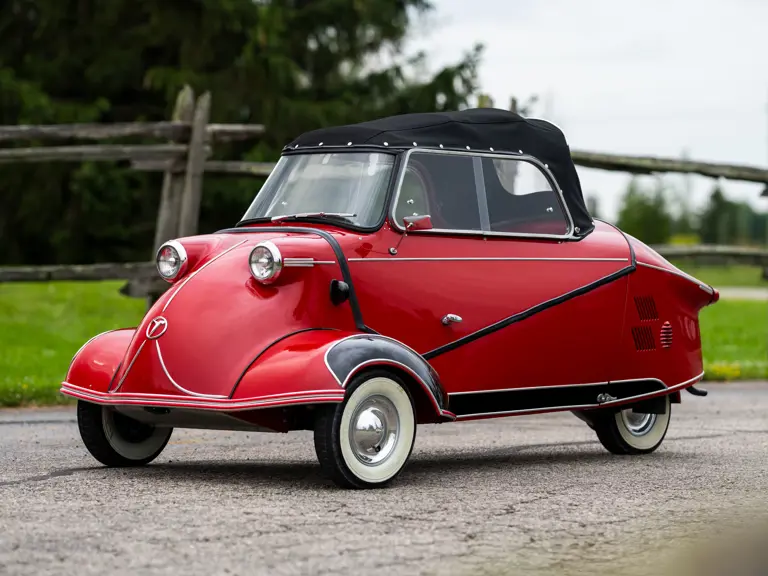
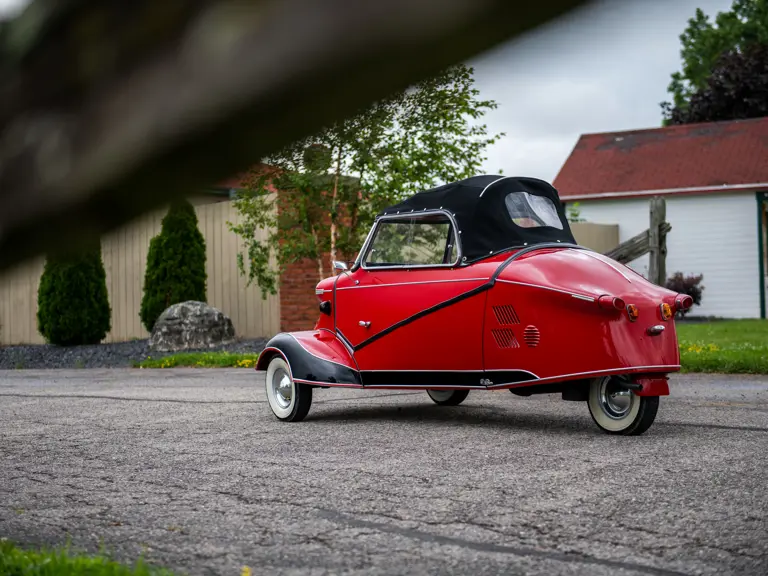
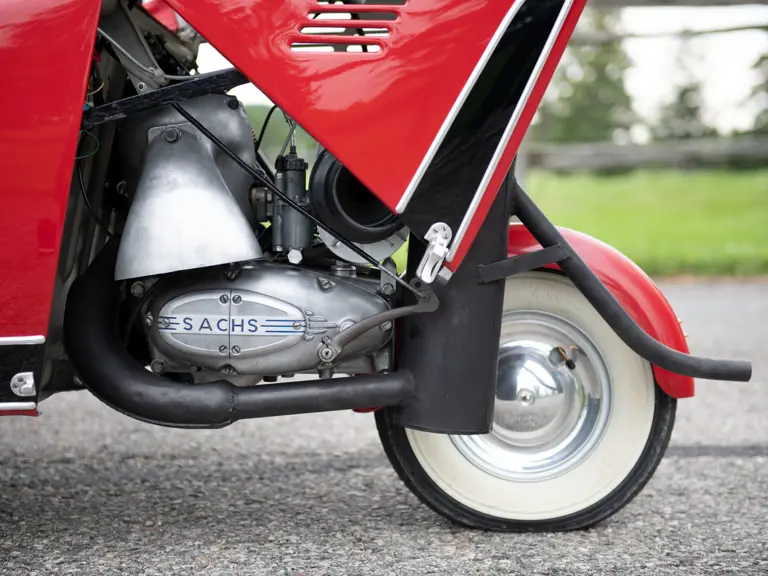
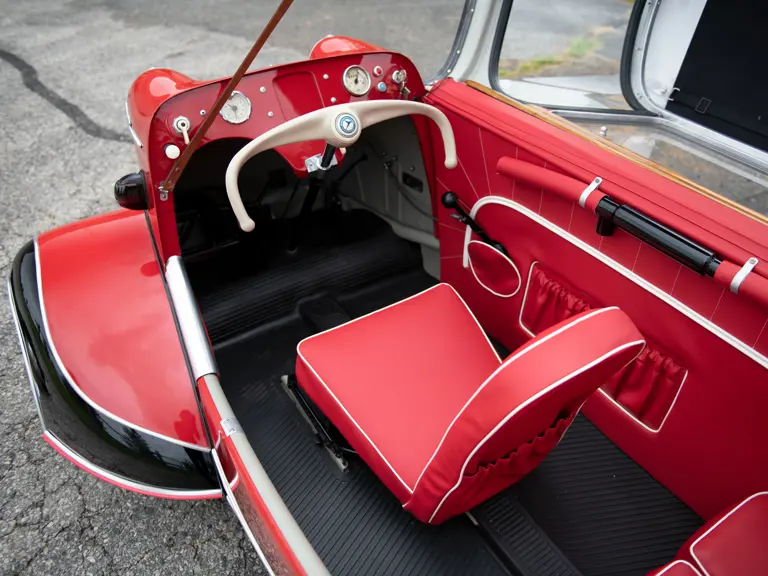
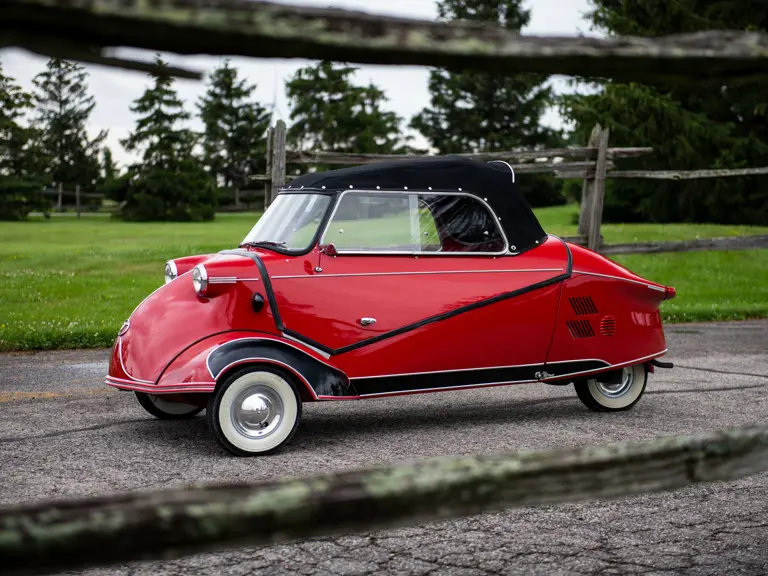
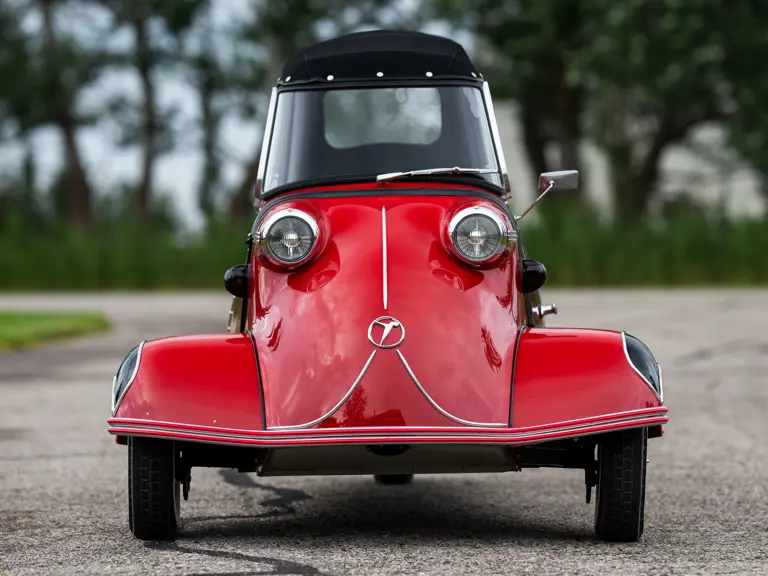
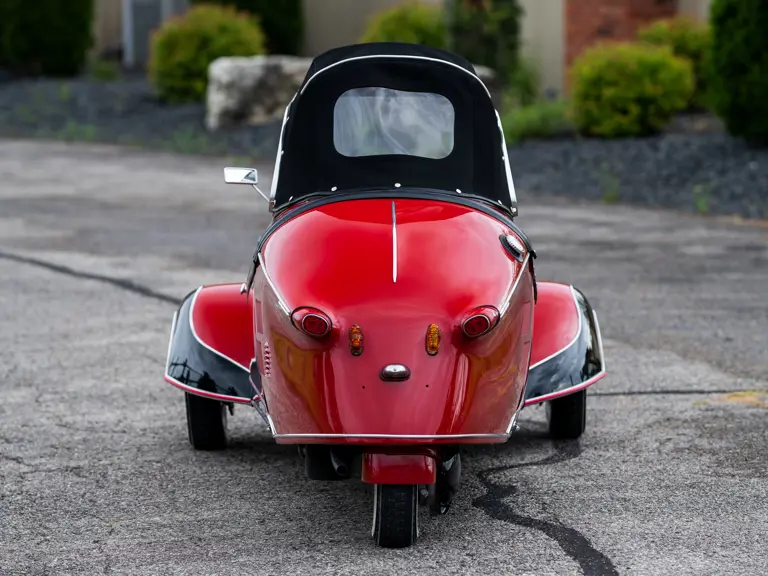
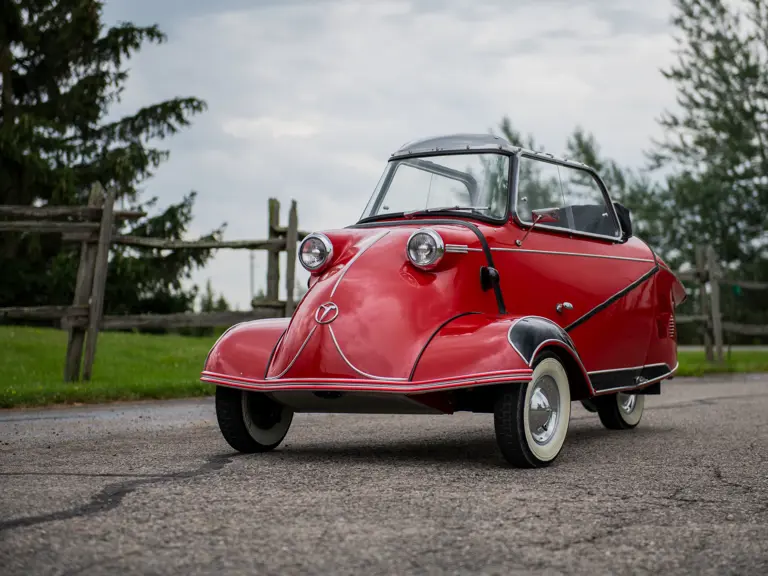

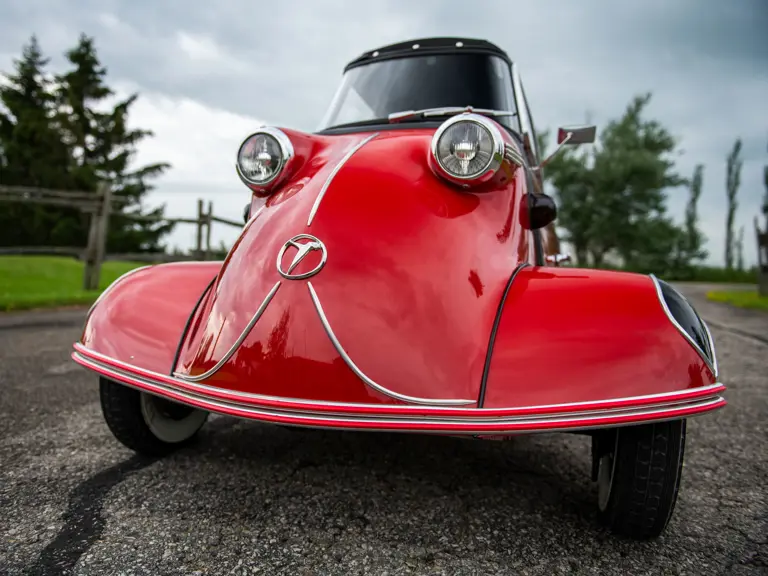
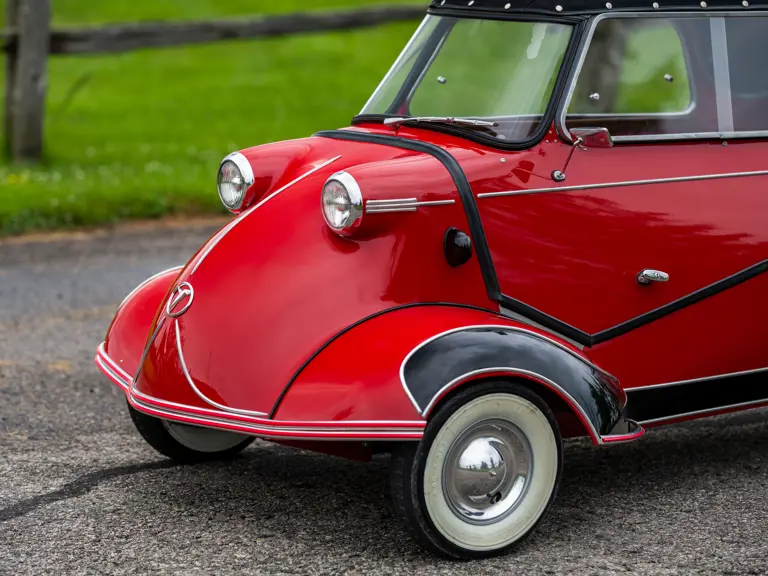
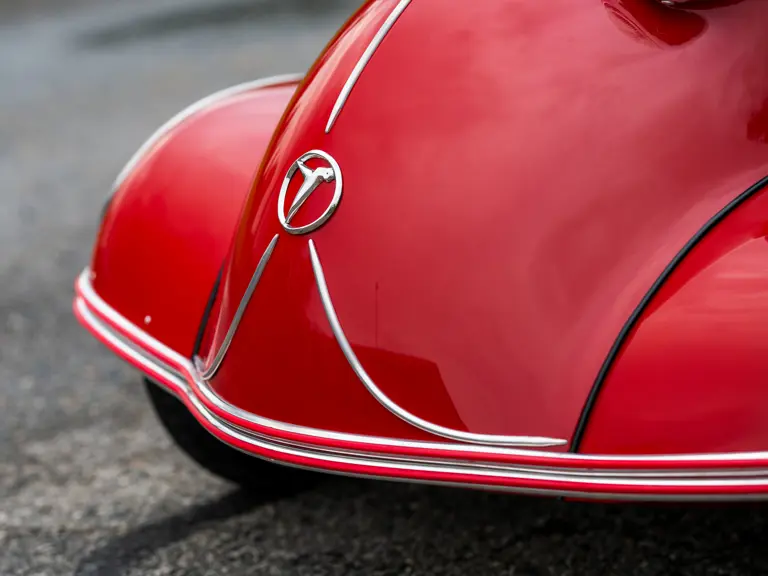
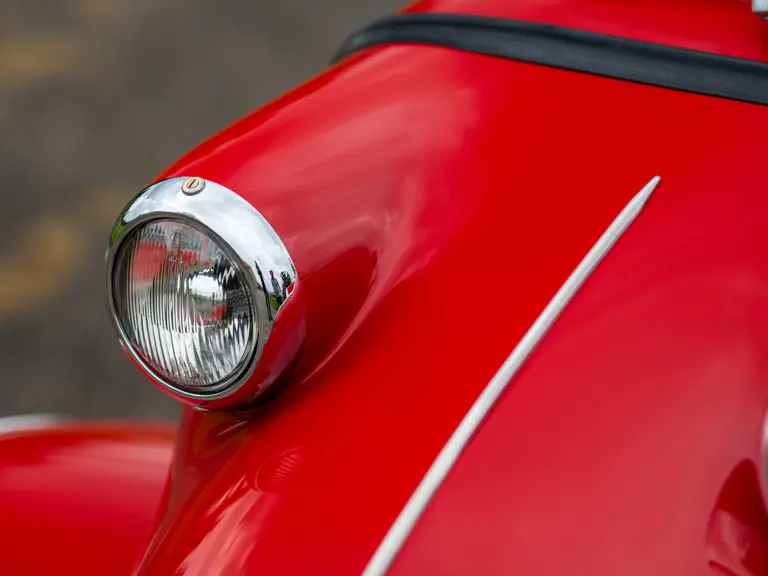
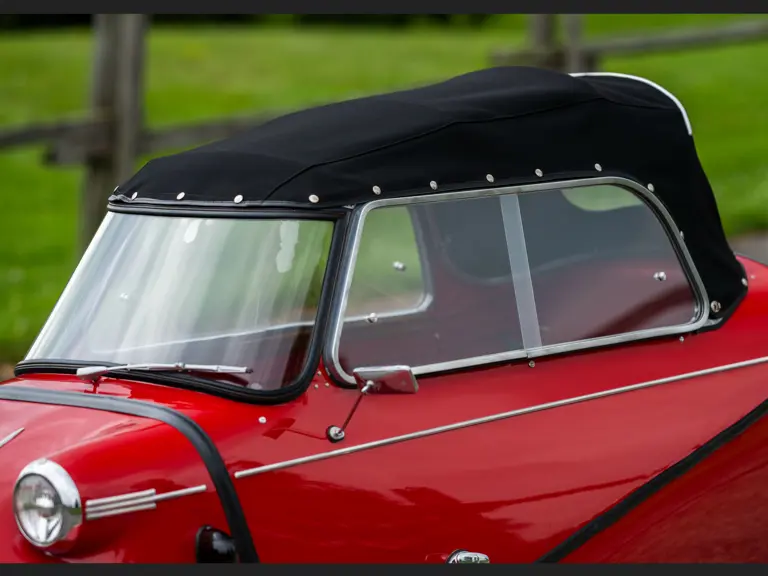

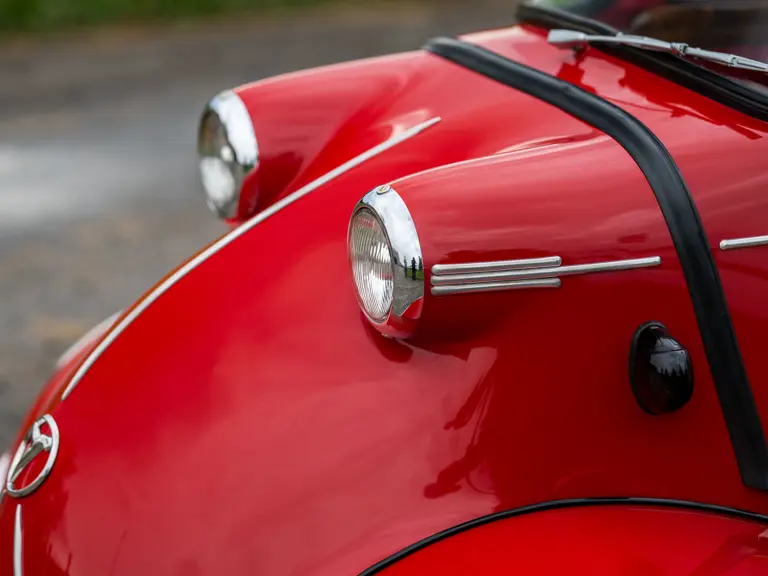

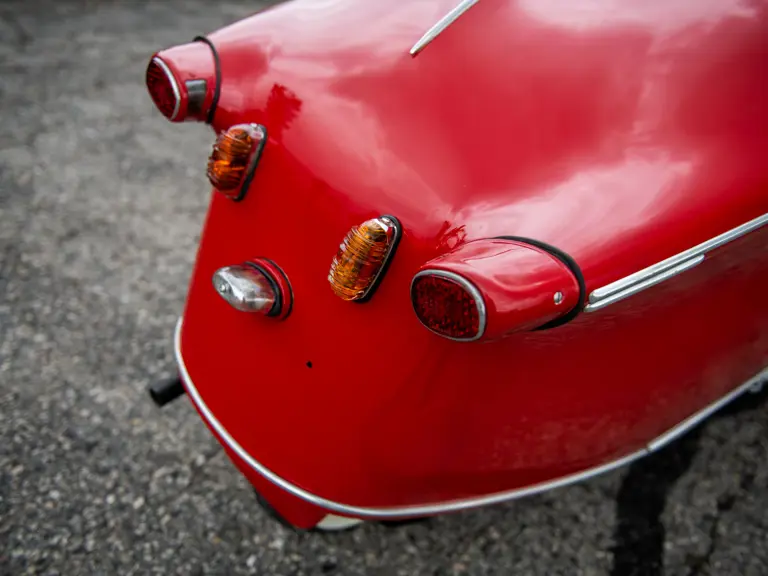
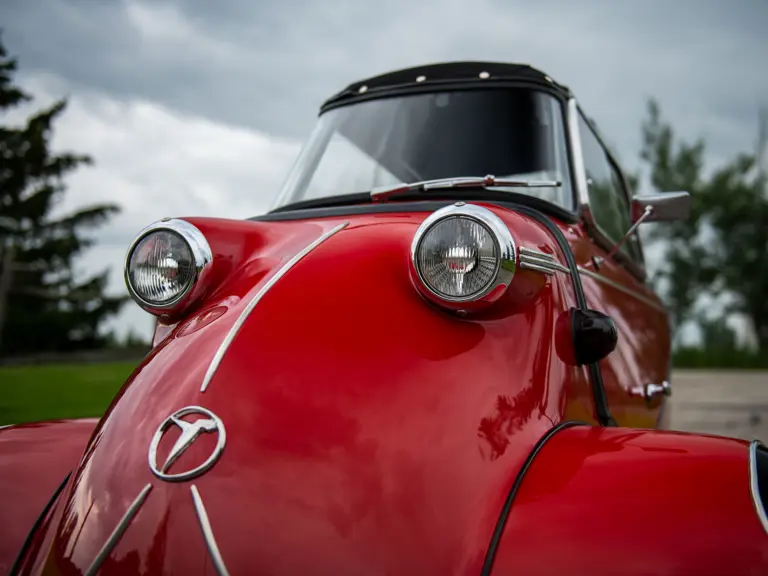

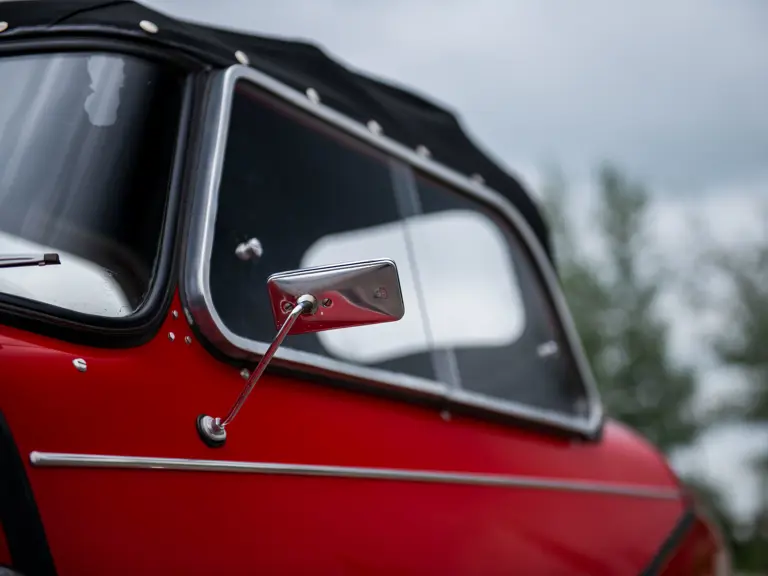
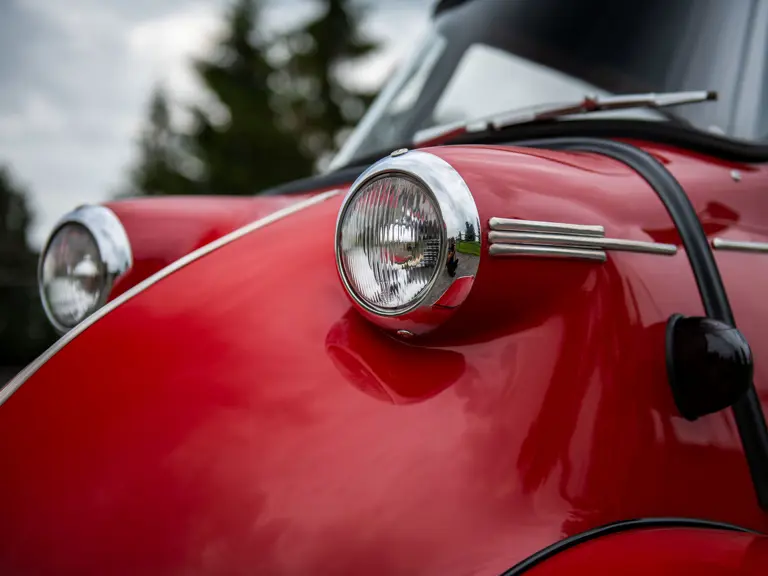
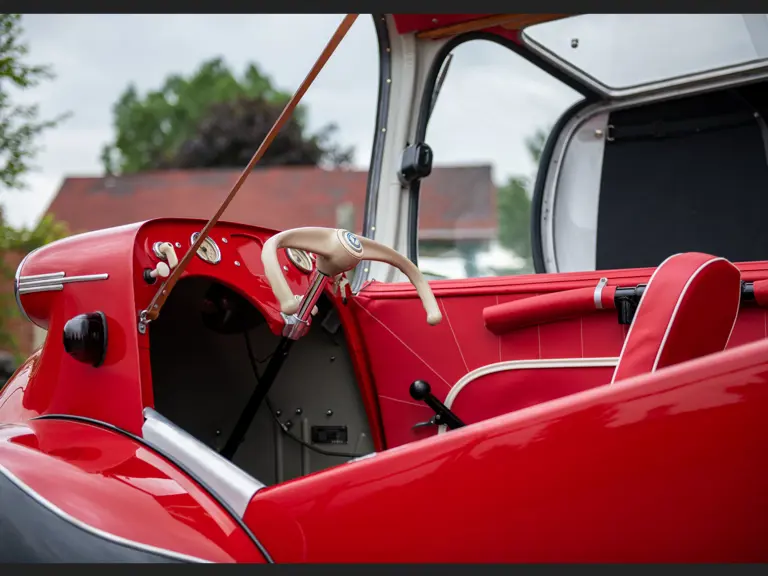
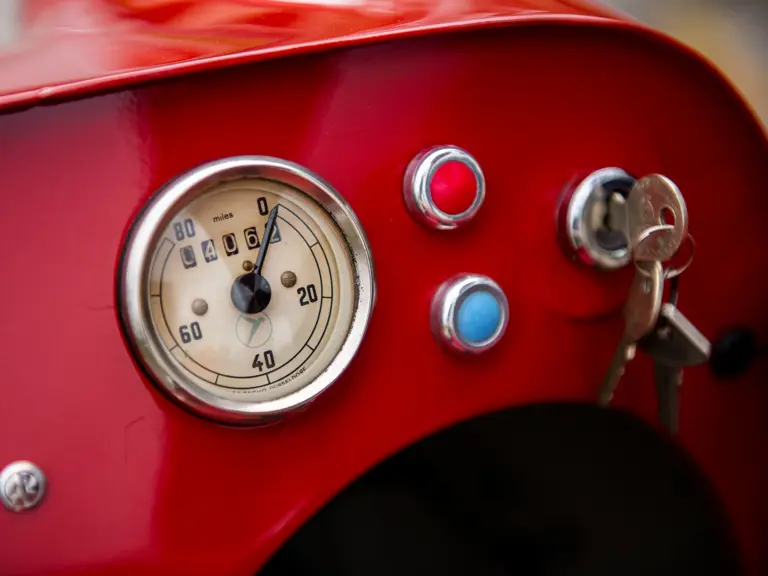

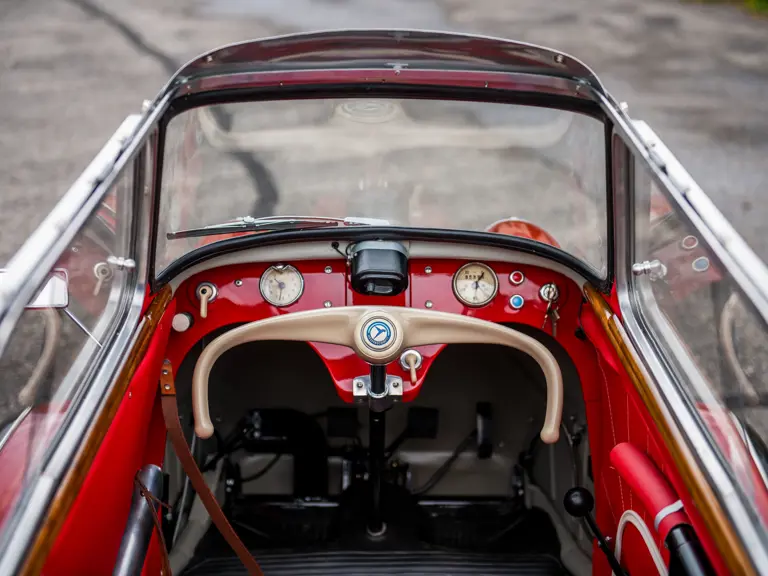

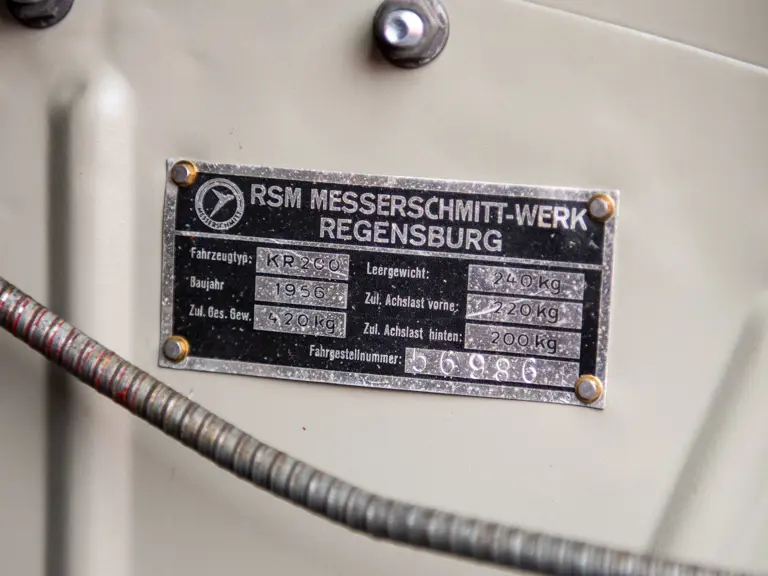

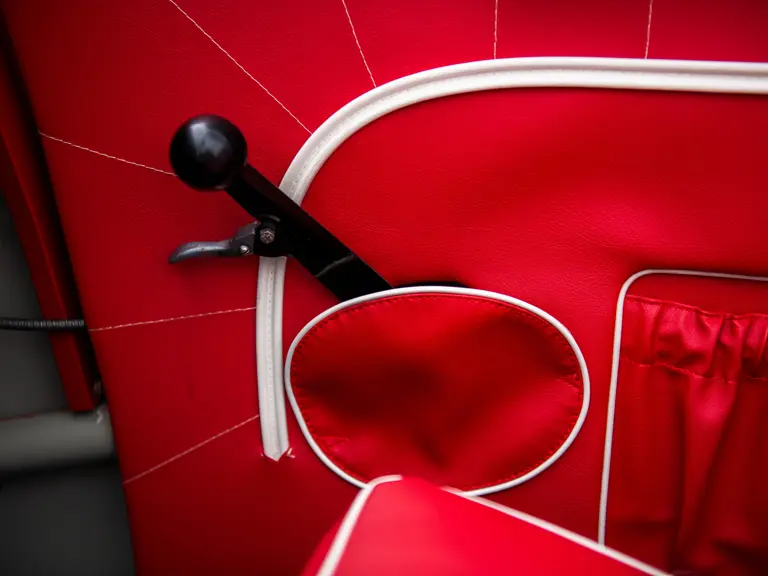





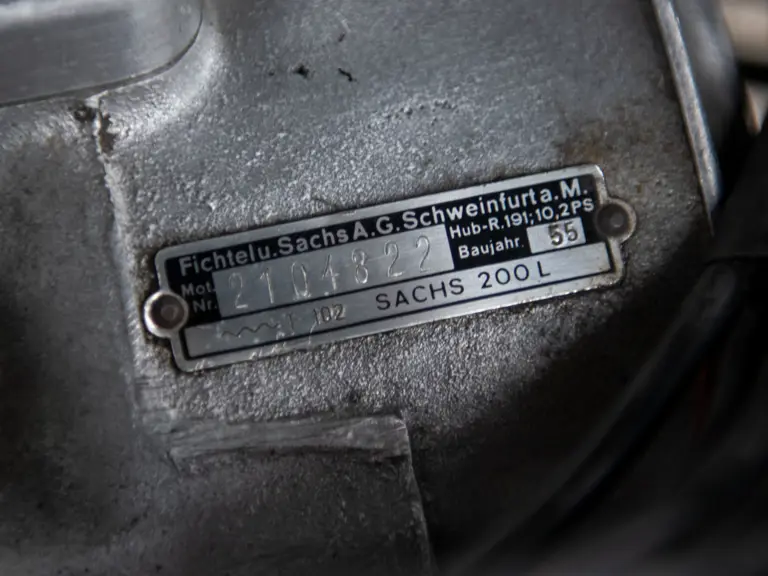
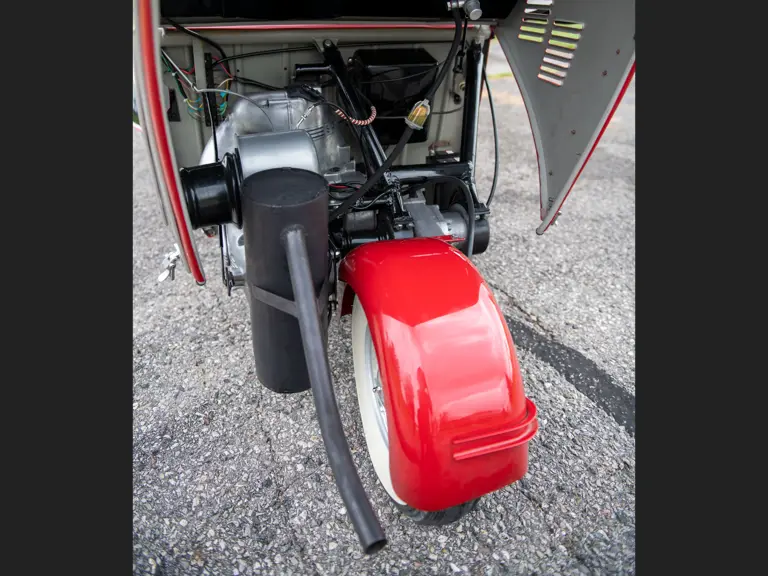

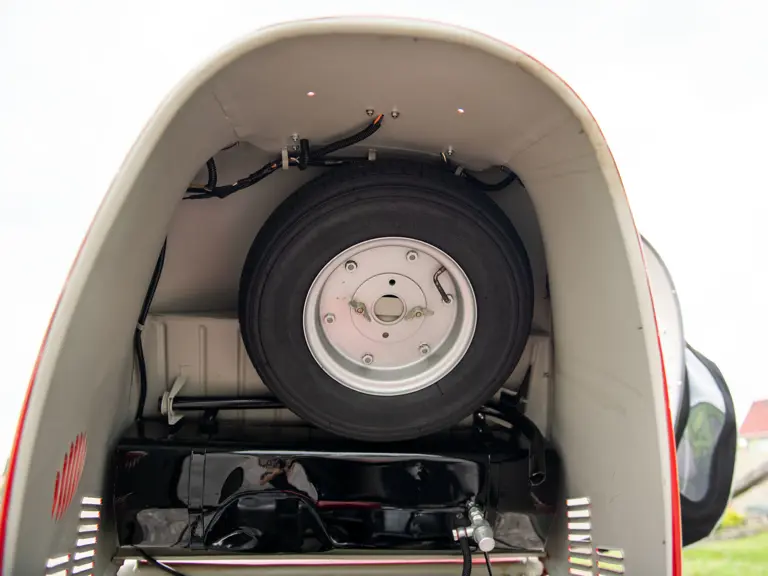
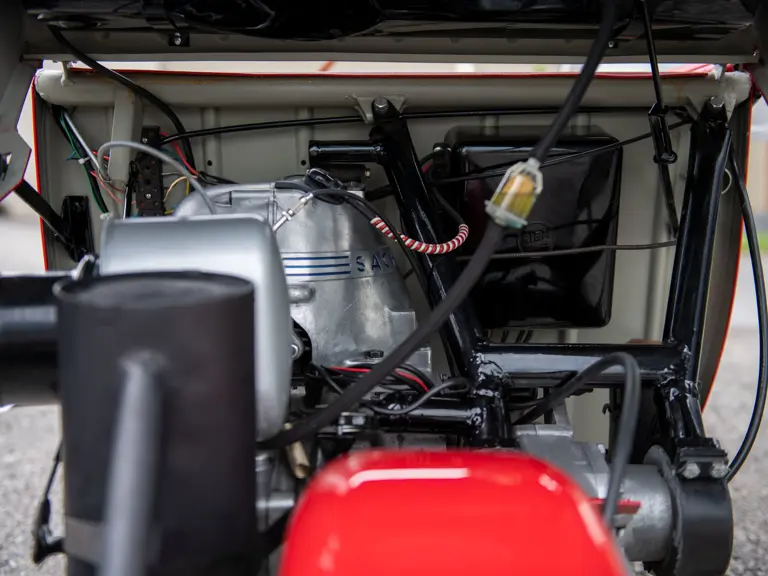
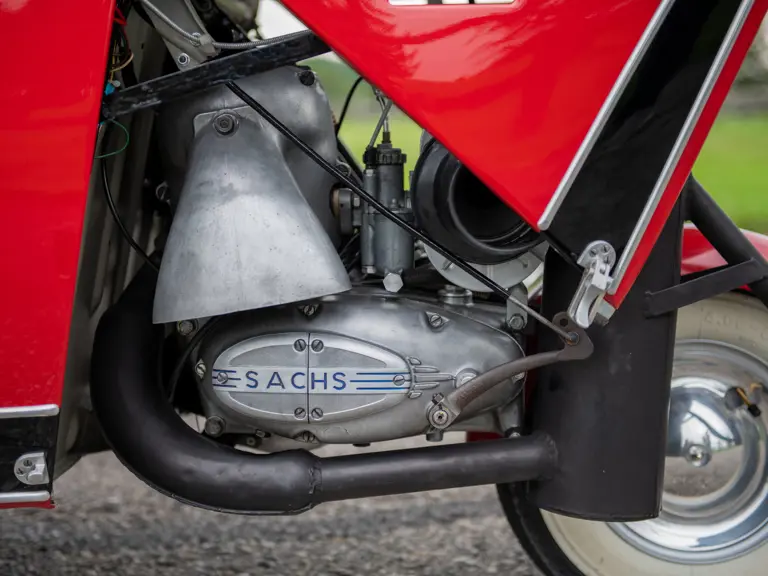
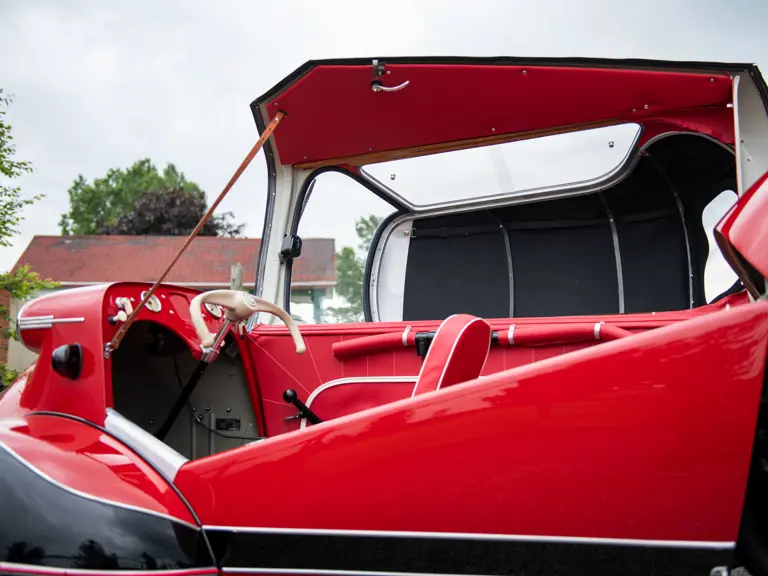
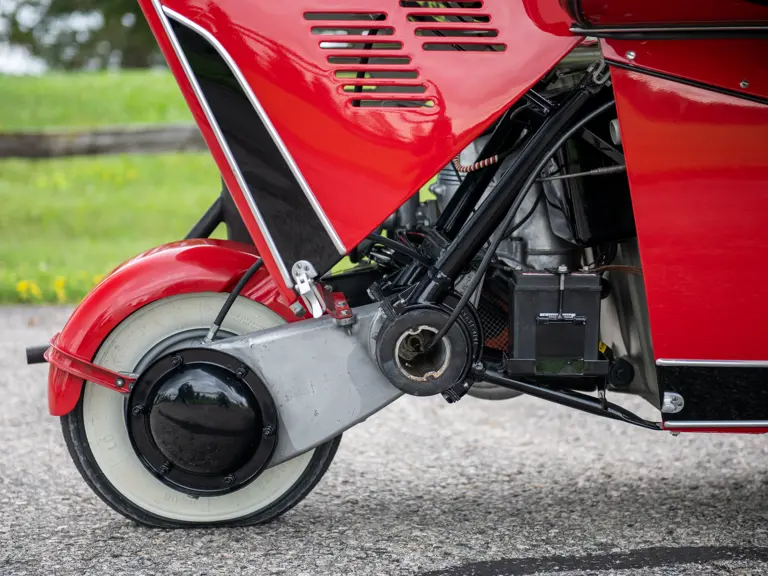
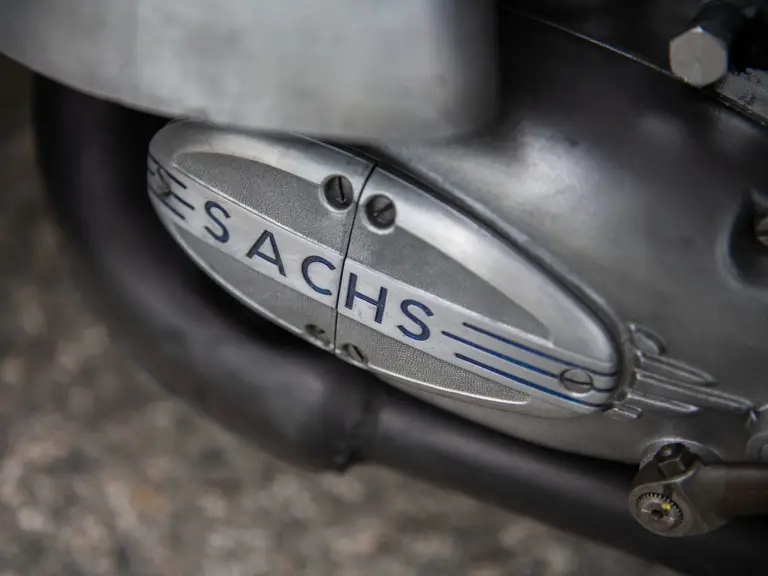
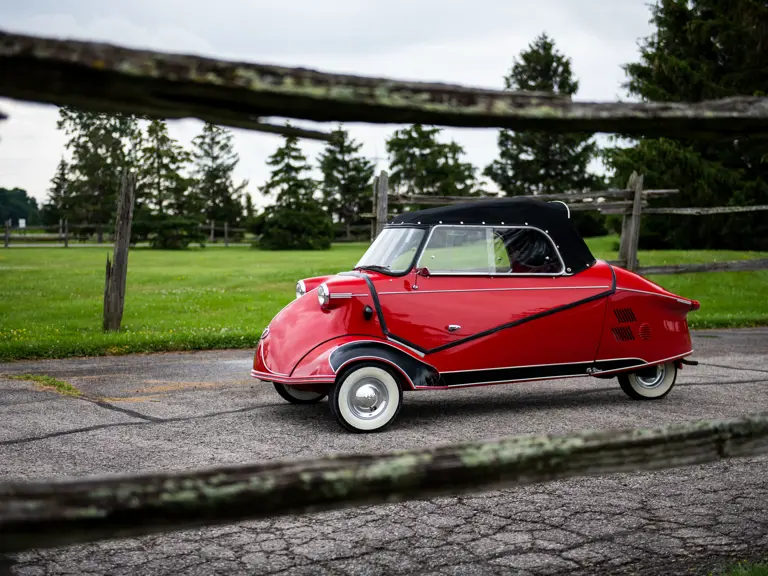

 | Monterey, California
| Monterey, California
